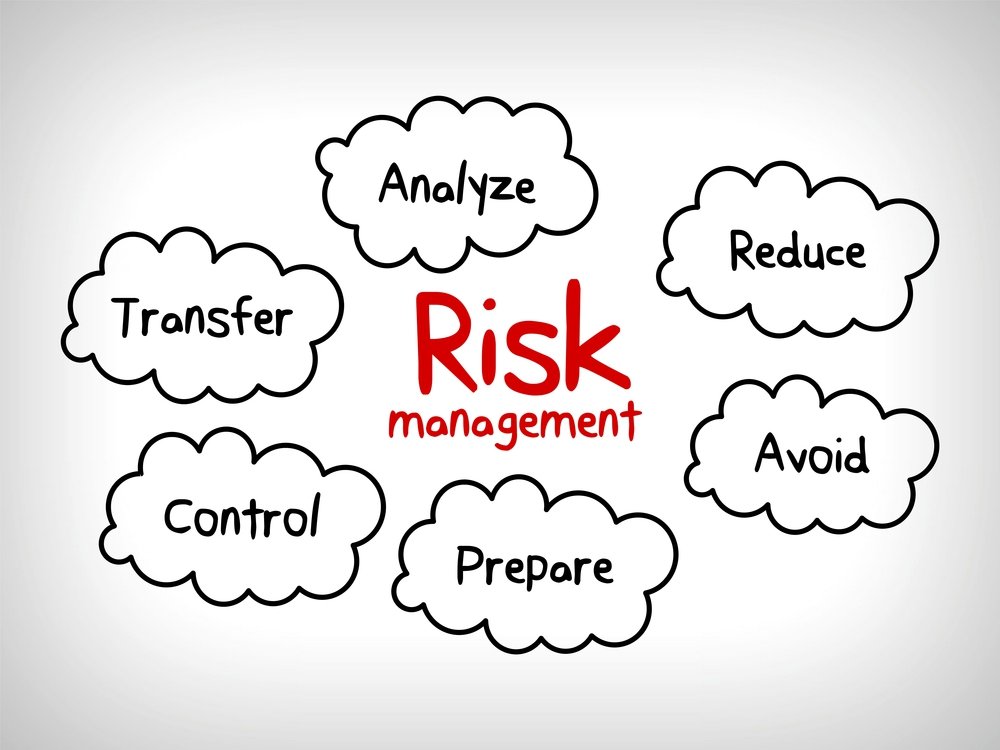The Inarguable Importance of Risk Management in Safeguarding Organizational Success
The Inarguable Importance of Risk Management in Safeguarding Organizational Success
Blog Article
Exploring the Value of Risk Management for Effective Decision-Making Techniques
In the intricate world of organization, Risk Management emerges as an important factor in the decision-making process. The capacity to identify prospective threats and chances, and plan accordingly, can mean the difference between success and failing.
Understanding the Principle of Risk Management
Risk Management, a critical element in decision-making, is frequently misunderstood or oversimplified. Usually, it describes the identification, assessment, and prioritization of threats to reduce, check, and control the chance or effect of unfortunate occasions. It's not simply about avoiding negative outcomes, but also about recognizing potential opportunities. Risk Management entails structured and regimented approaches, using information and insightful analyses. It calls for a detailed understanding of the organization's context, objectives, and the potential risks that might prevent them. From monetary unpredictabilities, legal obligations, calculated Management errors, to mishaps and natural catastrophes, it resolves numerous dangers. Notably, reliable Risk Management is not stagnant; it's a constant, progressive procedure that progresses with altering circumstances.
The Function of Risk Management in Decision-Making Processes
In the realm of tactical planning and company operations, Risk Management plays an indispensable duty in decision-making procedures. Risk Management hence ends up being a crucial tool in decision-making, helping leaders to make enlightened selections based on a thorough understanding of the threats entailed. Risk Management serves as a vital part in the decision-making procedures of any kind of organization.

How Risk Management Improves Strategic Planning
In the context of tactical planning, Risk Management plays a critical role. Launching with the recognition of prospective risks, it even more prolongs to the application of Risk reduction procedures. The duty of Risk Management is vibrant but not static, as it demands continuous tracking and adjusting of techniques.
Identifying Prospective Dangers

Carrying Out Risk Reduction
Having actually developed the value of recognizing prospective threats, the next action is to explore Risk reduction. This procedure entails developing and applying techniques to take care of identified dangers efficiently. It is an essential facet of strategic preparation as it boosts decision-making by minimizing prospective unfavorable end results. Risk reduction techniques can range from Risk evasion, Risk transfer, to run the risk of reduction. Each strategy needs to be customized to the specific Risk, considering its possible impact and the company's Risk tolerance. Moreover, reliable Risk reduction calls for a deep understanding of get redirected here the Risk landscape and the prospective effect of each Risk. This understanding makes it possible for companies to prioritize threats and designate sources effectively, making certain that one of the most substantial risks are attended to initially.
Monitoring and Readjusting Approaches
Though Risk reduction is an essential action in calculated planning, constant tracking and adjustment of these strategies is equally crucial. This continuous process enables companies to recognize brand-new threats and reassess existing ones, guaranteeing the applied techniques continue to be effective in the ever-changing service environment. It likewise gives an opportunity to examine the success of the Risk Management procedures, allowing modifications to be made where necessary, additional improving strategic preparation. Effective monitoring and modification need making use of analytics and essential efficiency indications (KPIs) to determine efficiency. These devices provide important data-driven insights that can inform tactical decision-making. For that reason, monitoring and readjusting Risk Management approaches is a crucial component for boosting an organization's resilience and critical preparation.
Case Researches: Effective Risk Management and Decision-Making
In the globe of organization and money, effective Risk Management and decision-making commonly offer as the columns of thriving enterprises. These cases highlight the value of sharp Risk Management in decision-making processes. These cases emphasize the crucial function of Risk Management in critical decision-making.
Tools and Techniques for Efficient Risk Management
These tools, such as Risk registers and warmth maps, help in identifying and examining possible threats. Risk response approaches, a crucial component of Risk Management, include accepting, preventing, moving, or mitigating risks. With these techniques and tools, decision-makers can browse the complicated landscape of Risk Management, therefore assisting in educated and efficient decision-making.
Future Trends in Risk Management and Decision-Making Techniques
As we discover the vast landscape of Risk Management, it comes to this page be noticeable that the strategies and tools made use of today will proceed to progress. Future patterns point towards an increased dependence on modern technology, with man-made intelligence and artificial intelligence playing substantial functions. These innovations will certainly make it possible for companies to predict possible dangers with greater precision and make more informed choices. In addition, there will certainly be a growing emphasis on strength, not simply in taking care of threats but also in recuperating from damaging scenarios. The principle of description Risk society, where every participant of an organization is aware and involved in Risk Management, will get a lot more prestige. These fads proclaim an even more inclusive and positive approach towards Risk Management and decision-making.
Final thought

Risk Management thus becomes an important device in decision-making, aiding leaders to make educated options based on a thorough understanding of the dangers entailed. Risk reduction approaches can range from Risk evasion, Risk transfer, to run the risk of reduction (importance of risk management). Reliable Risk mitigation calls for a deep understanding of the Risk landscape and the potential influence of each Risk. Risk feedback methods, an essential component of Risk Management, entail approving, preventing, transferring, or mitigating threats. The idea of Risk culture, where every member of a company is conscious and entailed in Risk Management, will gain extra importance
Report this page